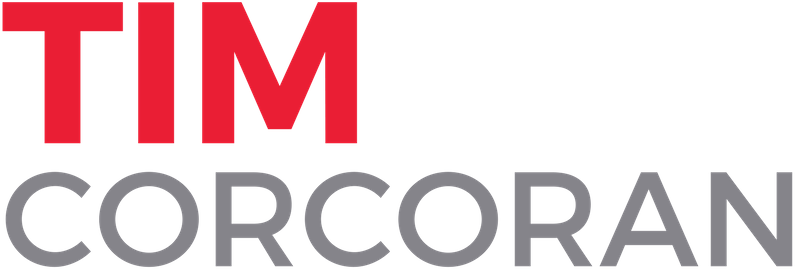Using Client Engagement Letters to Better Define Services
/I was recently interviewed for the Association of Legal Administration's Legal Management magazine on the topic of client engagement letters. Writer Paula Tsurutani gathered commentary from a number of industry leaders and presented a thoughtful article outlining the vast, and largely untapped, benefits of a well-designed and well-written client engagement letter. Here is the feedback I provided:
IT’S AN EVOLVING MARKETING ELEMENT
Timothy B. Corcoran, Owner of Corcoran Consulting Group and [immediate past] President of the Legal Marketing Association says, “I often take firms to task for over-reliance on engagement letters that offer broad, or even no, parameters about how the matter will be handled, aside from the negotiated hourly rates.” He says that the client engagement letter has evolved in recent years as clients have demanded matter budgets and project plans.
The start of a great relationship Use this moment to stand out in the crowd and show how your firm can be responsive, on-point, and client service-oriented. Enlightened firms have taken this requirement as an opportunity to differentiate their services. “Client engagement letter may be a misnomer,” says Corcoran. “The document could be a letter, plus a project plan. The point is that this first communication can demonstrate how the firm can better serve the client by showing an understanding about the client’s concerns and issues. Don’t treat it as a simple letter or a fill-in-a-template document. Treat it as a process — a starting point where you can ask needs-based questions, get a better handle of the client’s concerns, and tailor your staffing, fee structure, and communications plan on the client’s issues.”
Just say no While many firms may be inclined to instantly say yes when asked for a proposal, Corcoran says no often is a smarter response. Instead of automatically responding to a request for proposal, start a richer conversation by saying “if you want us to help, that’s great. But we need more information. Then we can respond.” Those are the firms that are using the client engagement letter as just one element in initiating a relationship with the client — adding other information, including a discussion of project management, proposed project plan, touch points in the engagement, staffing and budget management — so the client is more informed, engaged and involved.
This mindset becomes part of their pitch process. Firms can use it as an opportunity to talk about the firm’s approach to engagement management, project management, how they will communicate changes to budget, how and when they will keep the client informed. “Even if you don’t have all the facts, if there are unknowns or imponderables, you can discuss how you will respond to those variables,” says Corcoran. It’s a clear way to show commitment, customized service and responsive solutions.
Reprinted with permission from Legal Management magazine, Volume 34, Issue 2, published by the Association of Legal Administrators, www.alanet.org.
Timothy B. Corcoran is the immediate past President of the Legal Marketing Association and an elected Fellow of the College of Law Practice Management. He delivers keynote presentations, conducts workshops, and advises leaders of law firms, in-house legal departments, and legal service providers on how to profit in a time of great change. To inquire about his services, contact him at +1.609.557.7311 or at tim@corcoranconsultinggroup.com.



